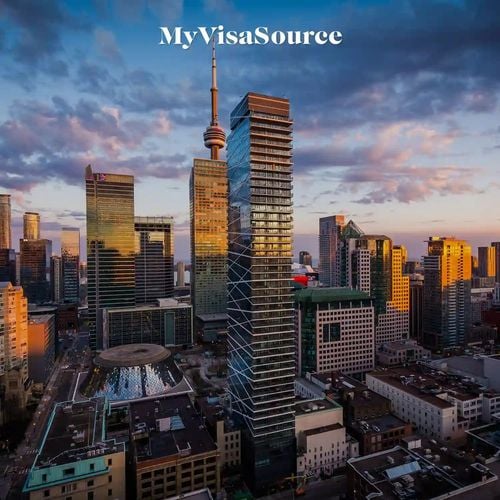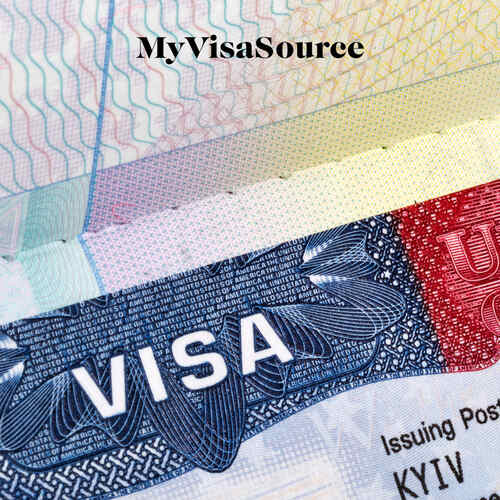The US immigration process is long and complicated. You are required to make sense of an immense amount of paperwork and wait several years at a time to make a case in front of the immigration officials. The backlog of immigration visas has reached a record level over the past few years. During the Trump administration, the rate of denial and Requests for Evidence (ROE) for immigrant cases also reached a record high.
All of this just seems to increase the waiting time for US visas even more. The long and complicated steps and the annual visa caps placed on certain visa categories can make this waiting time exceptionally difficult. On top of that, the global pandemic has significantly impacted US immigration, causing delays due to the closure of US embassies and immigration offices.
We all know that US visas involve a long waiting period but what exactly is the reason for this and will the conditions improve under the Biden Administration?
Why Does the US Visa Process Take So Long?
An immigrant visa allows you to live and work in the US permanently. This is also known as a Permanent Residence Card or a “Green Card”. There are several ways to apply for a Green Card in the US but most immigrant visas fall under the following categories:
- Family-Based Immigrant Visas
- Employment-Based Immigrant Visas
- Diversity Visas
- Refugee and Asylum Seekers
Regardless of the category you are applying for, the immigration process will involve multiple government agencies including the US Citizenship and Immigration Services (USCIS) and the US Department of State.
The usual process requires you to submit your visa application with supporting documents and evidence, getting reviewed by the USCIS and completing an interview. For family-based applications, the petitioner must file Form I-130 from inside the US for a sponsor who is currently either living in the US or abroad. Some visas may require your sponsor to file an Affidavit of Support (Form I-864) to demonstrate that they will financially support you when you are in the US to avoid you from becoming a public charge.
The US receives more immigration applications than any other nation in the world, therefore, it is natural that the processing times are longer than usual. Longer wait times do not mean that your application is at fault. You can check the processing time for your application on the USCIS Processing Time website. You can also request information about your case if it's past the date of the usual wait period.
What Are the Other Reasons for Longer Wait Times?
The US immigration laws have limits on the number of Green Cards that can be issued in most categories every year. Based on when you applied, your application will be processed on that priority date. The priority date is the date when you receive a visa number.
In 2017, there were 3.7 million people on the waitlist for a visa number to apply for a green card. And this was just people waiting to apply from abroad. This does not include the number of people waiting inside the US to apply for a green card through Adjustment of Status.
Immediate relatives of US citizens including spouses, dependent children and parents are exempt from the priority date. While other family members like married children of US citizens, siblings of US citizens or spouses and children of permanent residents are not exempt from priority dates and have to wait for a visa number. The Department of State publishes the Visa Bulletin every month to announce which priority date is up for which visa category.
How Are Wait Times Affected by Resident Countries?
Since there is a limit on the number of visas that can be issued each year by the government, there is also a limit on the number of visas issued to the citizens of a single country. According to the US immigration law, no more than 7% of all immigrant visas can be granted to the citizens of one country every year. Therefore, applicants from countries that submit a high volume of applications every year experience longer waiting times. This includes citizens of China, India, Mexico and the Philippines.

















